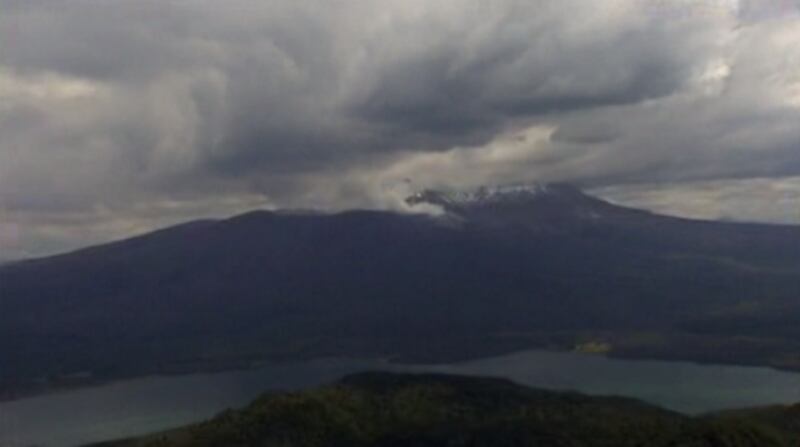Ngāti Tūwharetoa has lifted the rāhui that was placed around the Te Maari eruption centre in Auckland-October 2012.
The eruption on the Te Maari crater on the northern flanks of Tongariro took place on August 6 2012. Following the eruption, rāhui were placed on the maunga so that the Department of Conservation could manage volcanic risks to visitors and staff who trek through the Tongariro Alpine Crossing.
Te Ngaehe Wanikau says, “The rāhui was put in place to advise manuhiri that it was not safe to approach the eruption area, in case there was another eruption.”
He says that GNS Science recently lowered the Volcanic Alert Level to 0, which is the lowest level, after they concluded that all the monitoring indicators showed the volcanic unrest linked to the 2012 eruptions was over.
Wanikau adds, “We have used rāhui for many different reasons in the past, such as respecting the deceased, protecting people or conserving food resources. This rāhui has now served its purpose – ka pai.”
The Te Maari rāhui was put in place as part of a combined management approach to the Te Maari eruption episode (2012-2015) by the Department of Conservation and Ngāti Tūwharetoa.
The crossing was reopened in October 2012, however five weeks later a second eruption occurred. Its hazards were only extended for a limited distance so were entirely contained within the rāhui.
Dr Harry Keys, DOC's Technical Advisor-Volcanology says, “The rahui was a practical and powerful example of traditional cultural- and science-based methods working together to achieve a common goal.”
DOC and Ngāti Tūwharetoa advise visitors thinking of approaching the crater that they still need to be wary of volcanic and alpine hazards that are still present.

